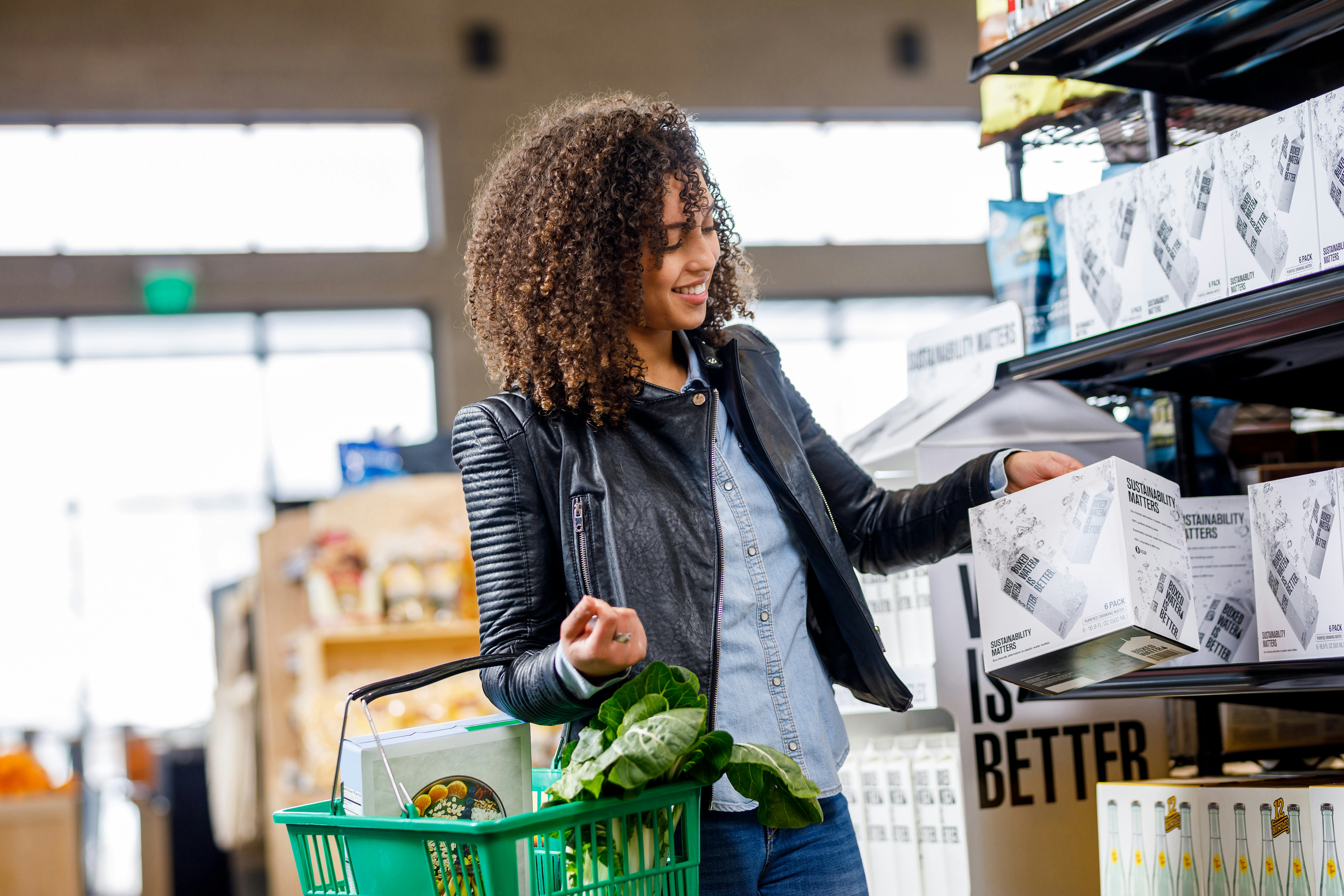Test- FTSE 100 Kicks Off August on a High as BP and Senior Lead Market Momentum
$11
10 Oct 2025, 13:13

Unsplash.com

The rate of growth in grocery costs, or grocery price inflation, has decreased to 2.4%, the lowest level since October 2021, according to research company Kantar.
Prior to official numbers that are likely to indicate a big decline in total inflation on Wednesday, the results have been made.
Expectations that the Bank of England may lower interest rates this summer have increased as price increases have slowed.
Kantar reported that consumers continued to practice frugal spending even in the face of a slowdown in food price increases.
Premium own-label range sales were up 9.9% from the previous year, although they were still quite popular.
Additionally, Kantar predicted that summer athletic activities, particularly the Olympic Games and the Euro 2024 men's football competition, will increase sales of alcoholic beverages.
The rate of growth in food and non-alcoholic drink prices last year was over 20%, the greatest since the 1970s, but overall inflation peaked at 11.1% in late 2022.
In an attempt to halt price increases, the BoE raised interest rates in response.
According to the hypothesis, if borrowing becomes more costly, people would either choose to save more as saving rates rise or have less money to spend. Thus, the demand for commodities declines, and inflation is lowered.
The Bank's rate is now at 5.25%, a 16-year high, although there has been a lot of debate about when the rate may be lowered since inflation has decreased.
Although the data issued on Wednesday is likely to see the rate drop near the Bank's objective of 2%, the most recent inflation data indicated that prices grew by 3.2% in the year to March.
(Sources: bbc.co.uk)